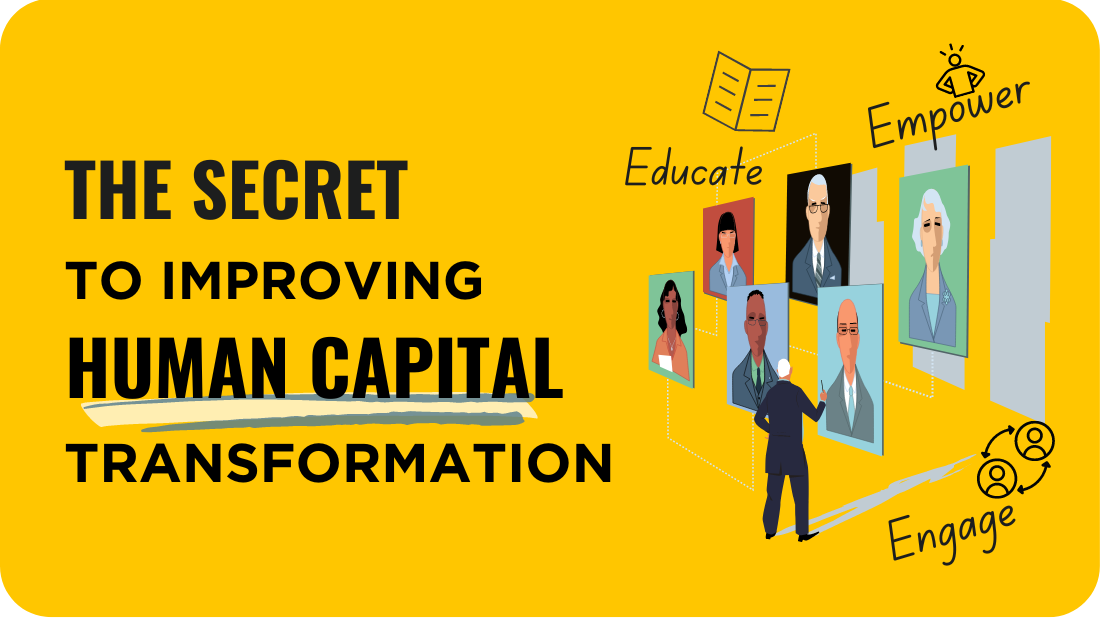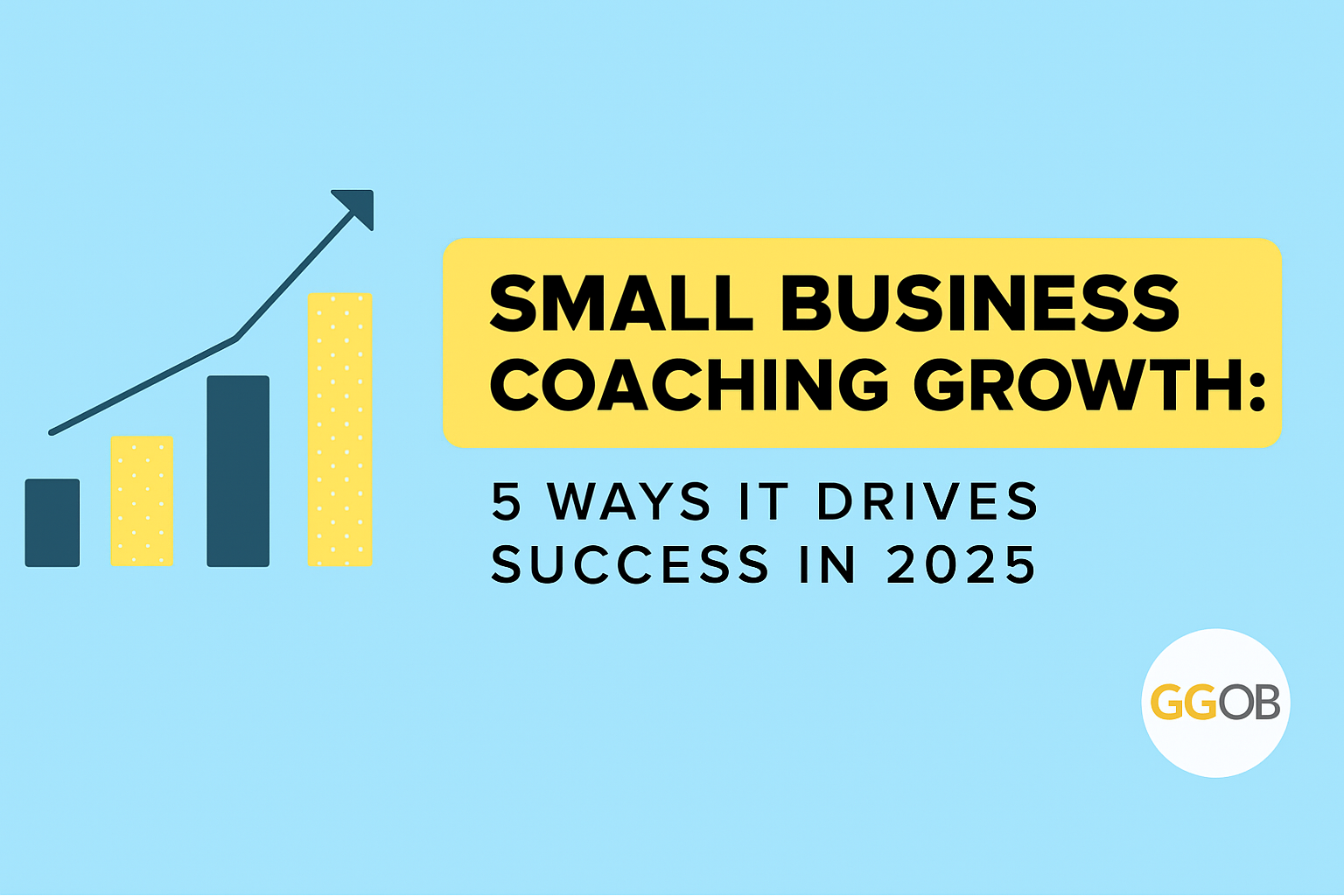We're thrilled to share that the full session lineup for the 2025 Great Game of Business Conference is now live! Featuring seven key Learning Tracks, this year's agenda tackles the biggest challenges faced by leaders and employees today—from retaining top talent to strategically deploying AI. Here's your guide to getting the most out of this event:
Read More
You've attended the webinars and the conferences, seen the success stories, and even read the book that started it all. In other words, you're sold. Creating a "business of business people" sounds amazing! But when it comes to actually applying it — that's a different story If this sounds like you, GGOB's business coaching can help. The true value of business coaching is better than you might think. Some of the best reasons you might benefit from business coaching include: Create better team structures Establish stronger business processes Be more motivated and confident Better time management Specific action plan for implementing The Game™ Here are three reasons why business coaching helps you implement The Great Game of Business faster and with more ease.
Read More
With the rise of the COVID-19 pandemic, remote work has become an increasingly popular alternative to traditional in-person work models. This shift has led many organizations to embrace hybrid work models and remote work options. Many employees have become so accustomed to remote work that companies not offering it as an option are becoming less attractive.
Read More
It’s no secret. Empowered employees feel invested, engaged, and motivated to push forward, helping the company reach its goals. But the real question remains: what techniques can you realistically use to develop an empowered workforce? There are quite a few top considerations, from delegating responsibilities to employees, offering more opportunities for your staff to learn and grow professionally, to giving your people a voice in the direction of company or department-based goals.
Read More
Employee retention is an important measure all companies should be tracking. The cost of turnover can be astronomical – as we figured in this video. But before you can fix retention, you first have to understand why your employees may be looking for career opportunities elsewhere. Once you know why people are leaving, you have a better shot at correcting any shortcomings within the company, thus improving employee job satisfaction, improving retention, AND working your way to becoming a sought after workplace!
Read More
Workplace culture in an employee-owned company is not much different than in a traditionally owned company. Your company doesn't have to provide literal "employee ownership" or stock options to establish a workplace culture of ownership. Your actions as a leader are what counts. You can take small actionable steps to develop that sense of pride, commitment, and psychological ownership within your team. Below we have listed 5 ways leaders can help increase that ownership mentality within their organizations and unleash the entrepreneur inside every employee.
Read More
People are your greatest asset — regardless of the company or industry, they make things happen. That's why nurturing your human capital cannot be emphasized enough. Human capital transformation helps companies better “define, structure, and realize their human capital management strategy” by focusing on what the company can do for its employees, according to Deloitte.
Read More
Leaders can drive employee resilience, productivity, and engagement by actualizing one thing: hope. Instilling hope in your employees isn’t a one-and-done event. It’s not a mid-week seminar. It’s something you do every day to uplift your organization’s climate. In today’s post, we’ll cover simple ways to deeply embed hope in the workplace.
Read More
Like so many workers leaving their positions during The Great Resignation, I wanted it all. Higher pay, remote work, and a flexible schedule were options my former position in a non-profit couldn't offer, so I accepted a new job I knew had these benefits. But here's the plot twist: After six months in my new role, I'm on the move again. As it turns out, I value a company's culture just as much as I value flexibility. The non-profits I left (after five years) offered an incredible culture that my new job lacked.
Read More
Right now, many businesses are experiencing slowing growth in business activity. Although this may seem like a bad thing, there are still so many positive actions companies can take during this downtime that will pay dividends when business ramps up again. Let’s take a look at some of the ways your business can best take advantage of this period to secure a better future.
Read More

.png)

.png)






.png)
.png)
.png)








-5.png)
.png)
